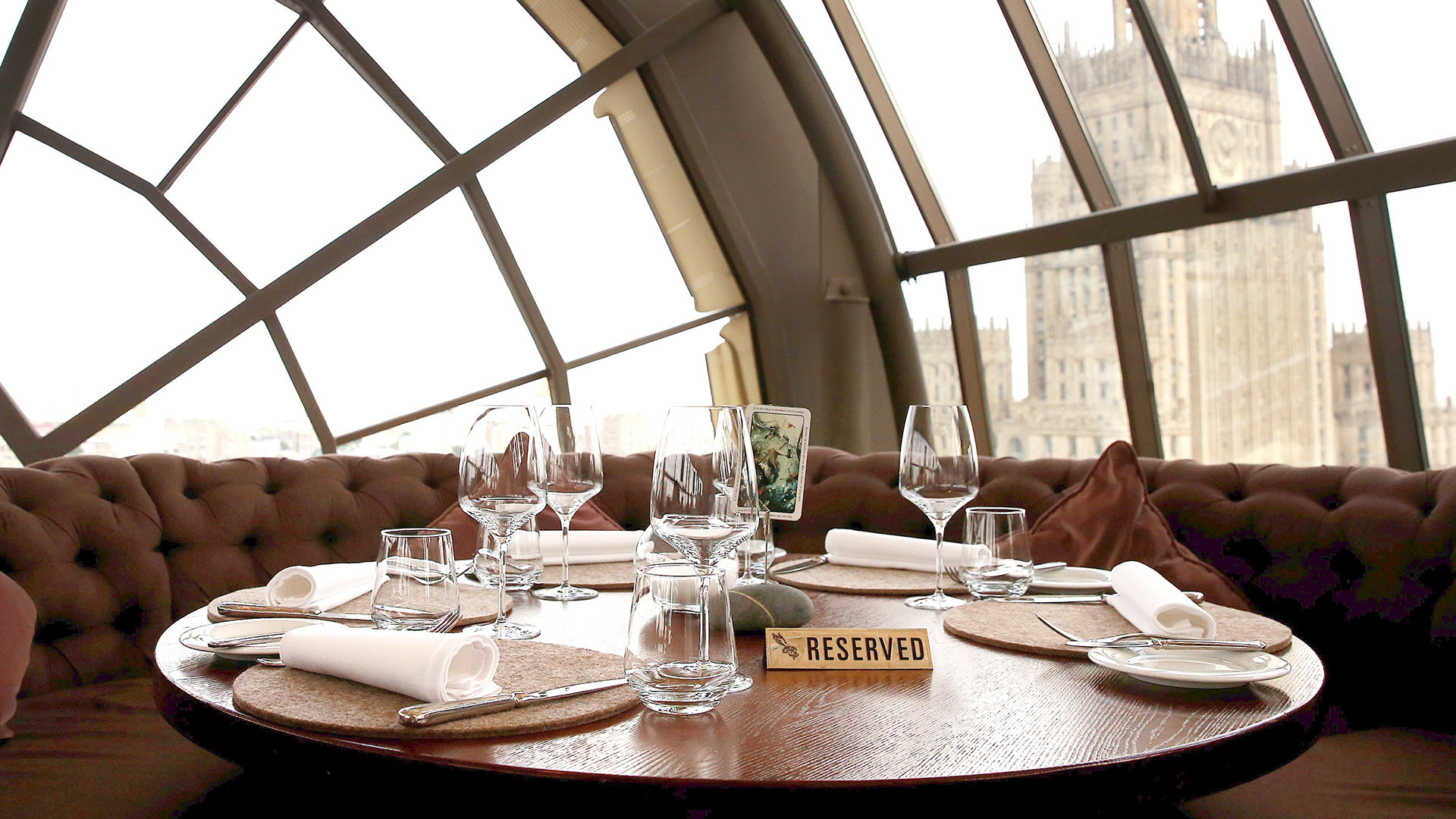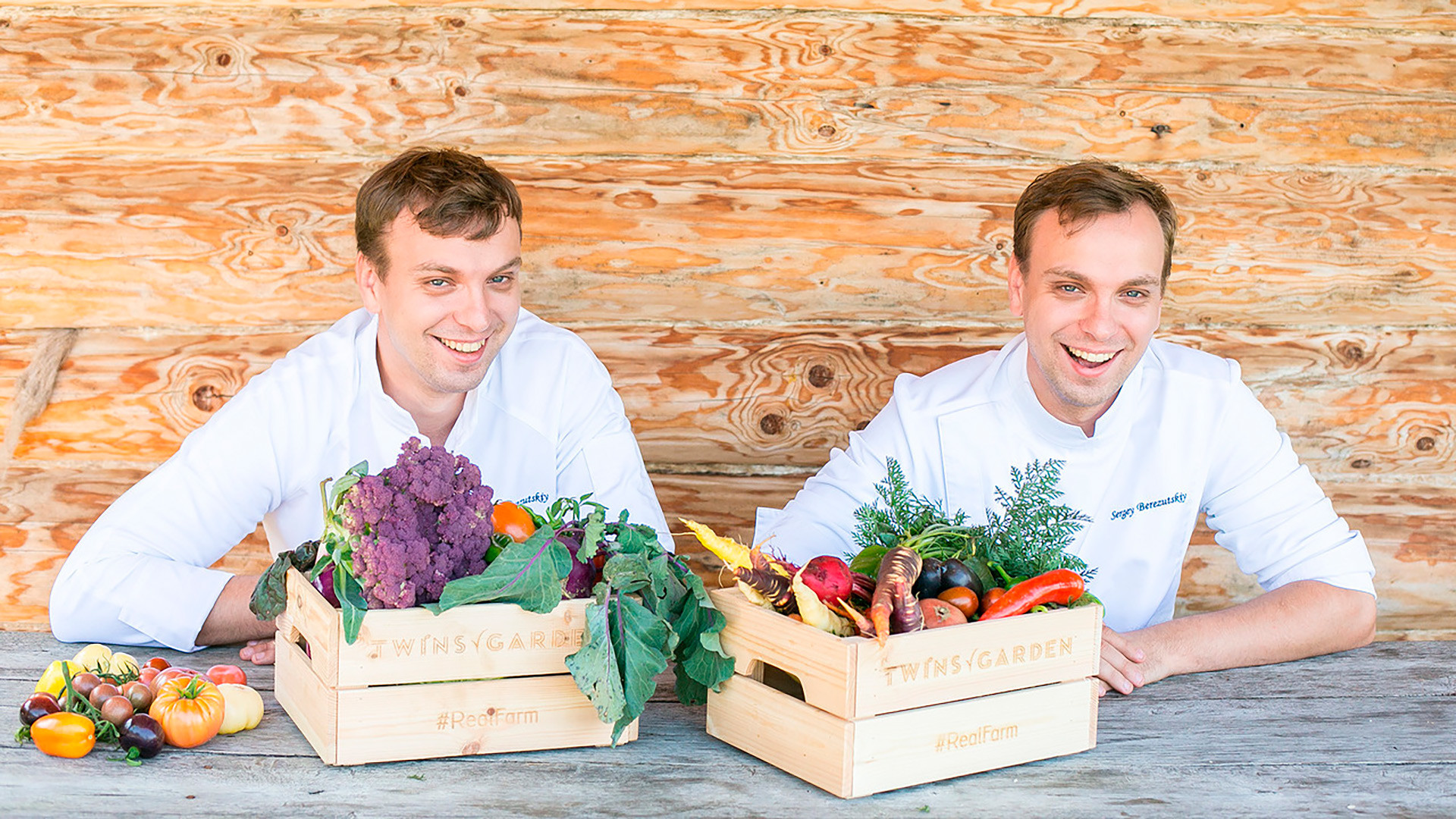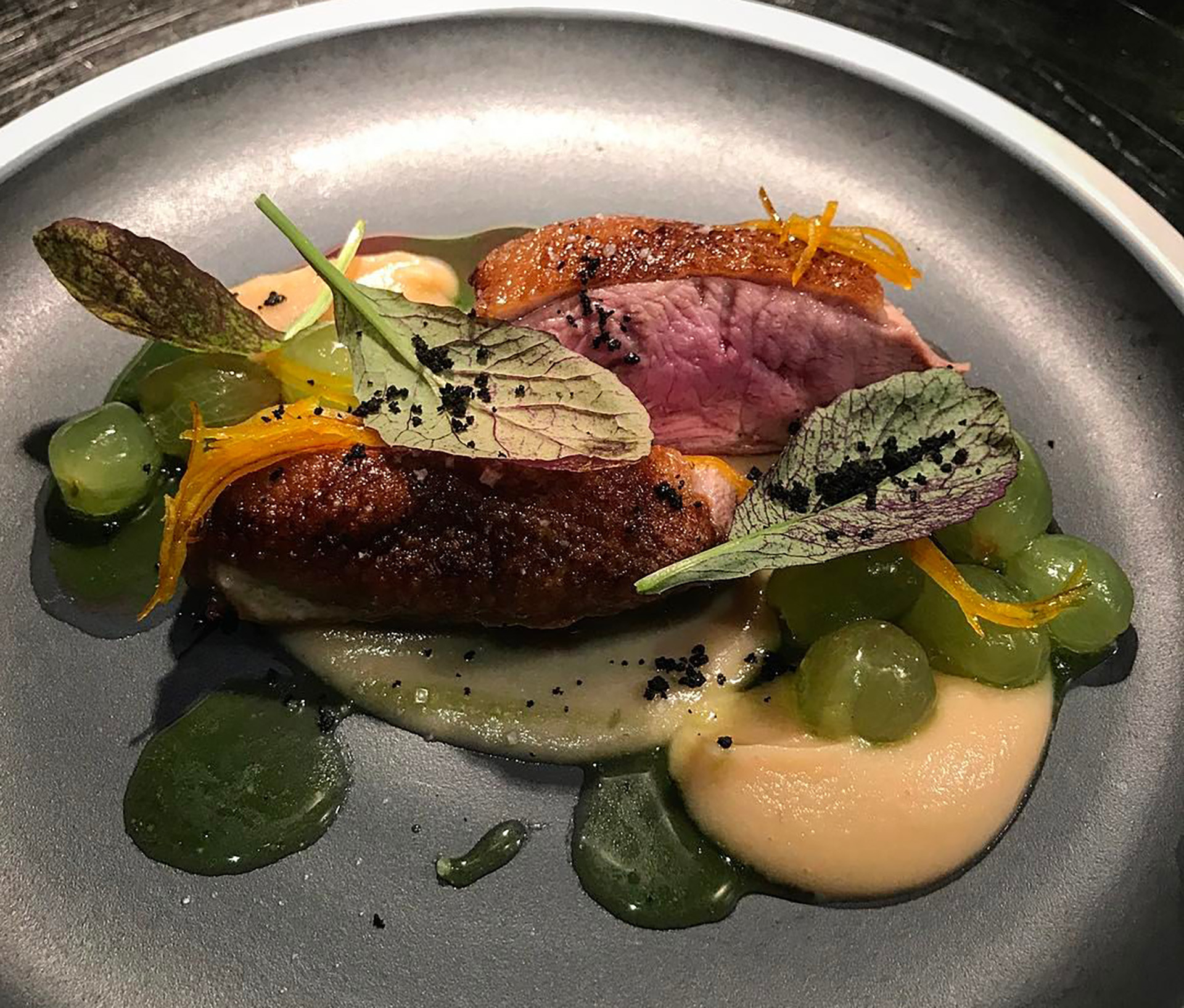Beyond borsch and pelmeni: Top Moscow and St. Petersburg restaurants serving modern Russian cuisine
Moscow
White Rabbit

White Rabbit specializes in modern Russian food, enriching traditional cuisine with such extravagant delicacies as Yalta
According to the list’s website, “Chef Vladimir Mukhin is in the vanguard of a new wave of young Russian culinary talents. Known as much for his use of local, seasonal ingredients as for his charisma, Mukhin is making international waves.”
Twins Garden

Brothers Berezutsky
Twins/Press photoIdentical twin brothers Sergey and Ivan Berezutsky are the mad geniuses of modern Russian cuisine. Before the food embargo of 2014, it would have been considered madness to use domestically produced ingredients – even to make Russian food – when so many fancy Italian cheeses, French
"I was an expert in Parmigiano and langoustines," Ivan once told Saveur magazine, "before I got my brains blown by our ecologically pure
The twins procured some of the finest ingredients from throughout the regions of Russia and opened up the aptly named Twins restaurant to give Muscovites the chance to sample these dishes and gain a sense of pride in their country’s culinary traditions. Twins restaurant was recently rebranded as Twins Garden, and the new name is no accident. The brothers got sick of being supplied with substandard
Wine & Crab
Located just a stone’s throw from the Kremlin, this is another Berezutsky brainchild that, as the name suggests, specializes in crab and wine! Here you can find nine varieties of crab – all from Russian waters – that had never previously been available in the capital. The brothers told Russia Beyond that they traveled far and wide throughout the Russian Far East in order to be the first to bring novel types of crab to the Moscow restaurant scene. Besides the beloved Kamchatka king crab and the snow crab (opilio), you can try the blue king crab,
LavkaLavka
LavkaLavka is a farmers’ cooperative and restaurant that unites small and mid-sized farms across Russia. It began delivering fresh, natural, seasonal and domestically produced food even before the food embargo began.
The founders of LavkaLavka are opposed to what they see as a degradation of Russian cuisine in the 20th century. They work hard to keep older Russian culinary traditions alive, following them respectfully while continuing to develop on them with the help of modern techniques.
Here are just some examples of dishes you can savor at LavkaLavka: Bottarga from Crimean mullet caviar with olive oil and onion chips, borsch with beef brisket and salo from the Tambov Region, Murmansk cod with green beans from the Krasnodar region and kale cabbage or beetroot panna cotta with black currant ice cream, black currant mousse and beetroot tuile.
The menu changes on a weekly (if not daily!) basis depending on what fresh produce is in season and available at any given time. The bar menu boasts an incredible assortment of Russian wines, as well some delightful cocktails based on
Severyane
Though Severyane doesn’t label itself as a restaurant serving strictly modern Russian cuisine, the ingredients and the huge traditional Russian pech’ (a traditional Russian oven) beg to differ.
Severyane opened its doors at the beginning of 2016. Ilya Tutenkov and Uilliam Lamberti, the brilliant duo behind the project, enlisted Georgy Troyan, the 2015 winner of the "Silver Triangle" award as Russia's best chef, to head the kitchen.
Many ingredients are sourced from throughout the corners of Russia, and some of the more interesting dishes are inspired by traditional Russian cuisine. These include Kamchatka crab eclairs, homemade Camembert in ash with poppy brioche and asparagus soup with chanterelles. The interior is minimalistic, and the ambiance conducive to long, meaningful conversations over Severyane’s interesting signature cocktails.
Selfie

Take a selfie with duck
SelfieA member of the wildly popular White Rabbit restaurant family, Selfie is the project of star chefs Vladimir Mukhin and Anatoly Kazakov. Guests are invited to sample and gain an appreciation for Russian products such as pork from Kursk, halibut from Murmansk, veal from Bryansk, asparagus from Tver and Crimean truffle. That’s just a small sample of the domestic delicacies that are offered. The list could go on and on.
Selfie’s menu has a unique geographic focus on fifteen Russian regions. Seasonal products, careful attention to traditions and
St. Petersburg
Cococo
Cococo is probably one of the hottest restaurants in St. Petersburg and has been since it opened back in 2012, two years before Russia imposed an embargo on many imported foods. Even then, Matilda Shnurova (the wife Sergey Shnurov, the notorious bad boy
Using only local ingredients, the head chef, Igor Grischechkin, fearlessly experiments and sometimes transforms well-known dishes into something totally new and unexpected. Think bone marrow with pickled vegetables and herring caviar, pikeperch, leek, fennel jelly and foam with a sea aroma or tea and honey sorbet with crispy pancakes.
In the summer and fall, the harvest in northwest Russia dictates the menu, with a focus on vegetables, berries, mushrooms and fresh greens. In the winter, the cooks—in line with the real traditions of Russian cuisine--dry, marinate and preserve products to last until spring. Fine wines and local drinks of Russian origin, such as
Vinny Shkaf
This romantic little spot, named Wine Cellar in Russian, has a slightly Tarantino-esque feel to it. Located on iconic Rubinshtein Street, it is the playground where Evgeny Vikentiev experiments with local ingredients and serves up interesting bar snacks like smorrebrod with lightly salted herring and sorrel, potato cream
L. Brik Cafe
Named after Lilya Brik, one of the most famous muses to the 20th-century Russian artists and poets, this cafe offers what it calls “a taste of the Russian avant-garde.” In creating and constantly updating the menu, the chefs reconsider traditional Russian cuisine through a modern approach to its preparation. L. Brik’s ambitious young chefs skillfully blend the richest elements of Russia’s culinary heritage with the elegance of contemporary gastronomical techniques. There are about 50 seats in the restaurant, making for an intimate and cozy atmosphere that is somewhat reminiscent a 1930s house party with St. Petersburg’s intelligentsia and artistic elite.
If using any of Russia Beyond's content, partly or in full, always provide an active hyperlink to the original material.
Subscribe
to our newsletter!
Get the week's best stories straight to your inbox

